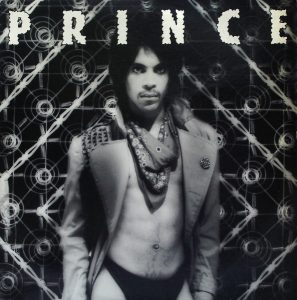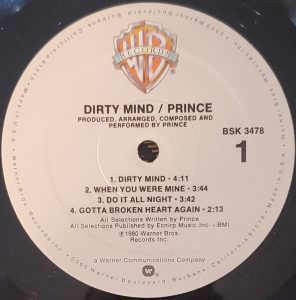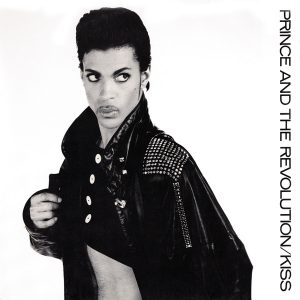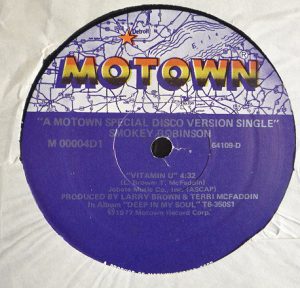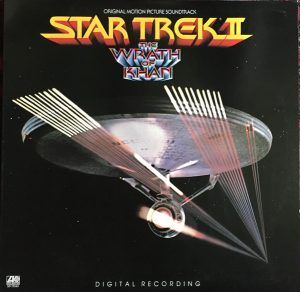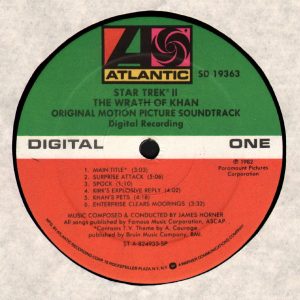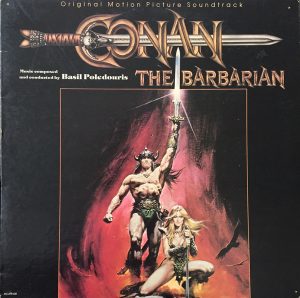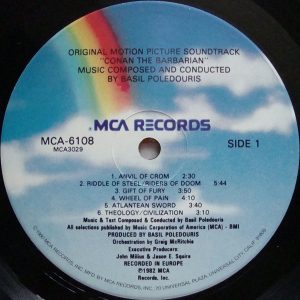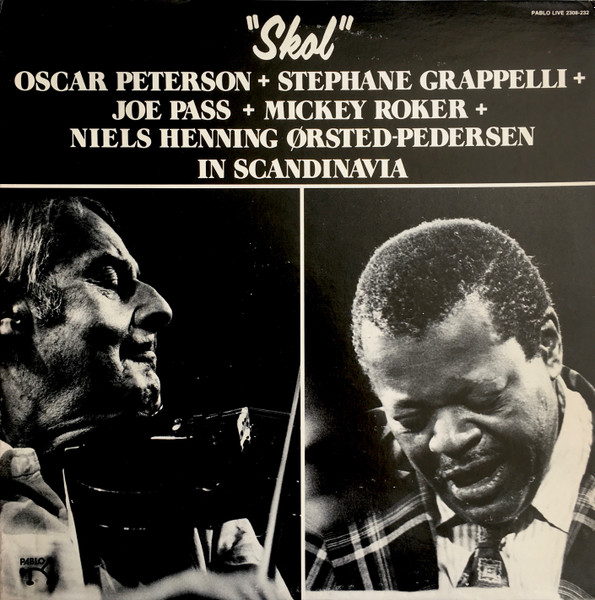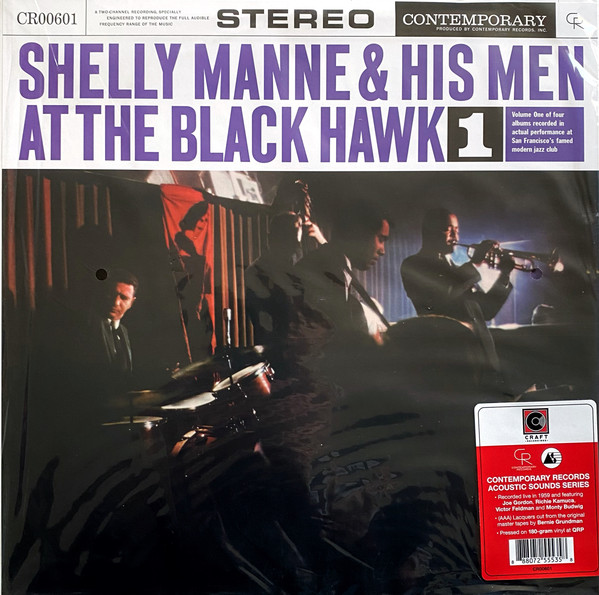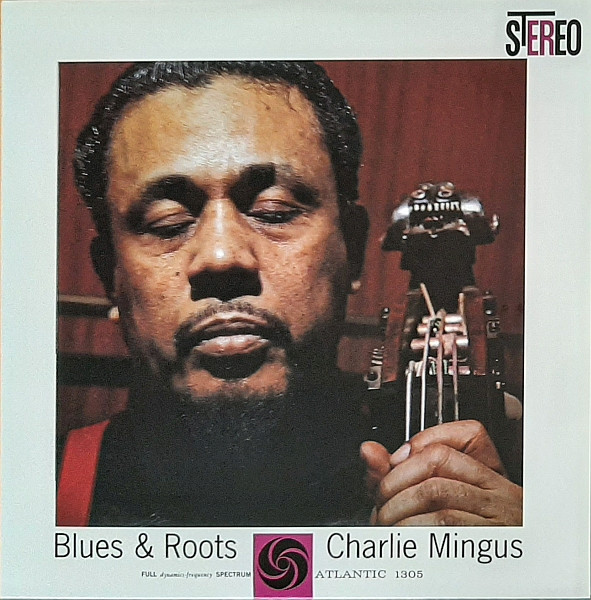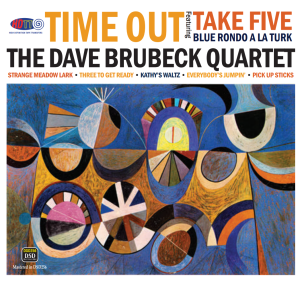This is an ongoing project by Claude Lemaire of Soundevaluations
226. Prince, Dirty Mind. Warner Bothers Records – BSK 3478 (1980), 33 1/3 rpm. Genre: funk, new wave, post disco, pop, dance-punk, Minneapolis sound.
Recorded in May and June 1980 and released in October, Dirty Mind is Prince's third—and for my tastes—best album regarding composition, arrangements, performance, and sound quality. Among the four tracks per side, there are no weak tunes, and Prince's energy shoots through the roof at every instance. Dropping the needle on side A... boy, how that first drum kick punches you in the stomach! With a "Dirty Mind," one cannot help oneself to "Partyup" and "Do It All Night" in the hot streets of "Uptown" for sure. With it's trebly synth and clean guitar, "When You Were Mine" strongly flirts with the then new wave genre still surfing the airwaves. Engineers Jamie Starr and Ron Garrett and mixing engineers Bob Mockler, Mic Guzeuski, and Prince himself did an outstanding job on all fronts at Hollywood Sound Recorders in Los Angeles, California as did Bernie Grundman with the mastering and cutting at A&M Mastering Studios, and plated at Europadisk in New York. The sound is punchy, crisp, dynamic, full range, and uniform from start to finish, and as such, completely at odds sonically with Purple Rain in 1984—sign o' the times perhaps.
227. Prince and the Revolution , "Kiss"/"Love or Money" (both 'Extended version'). Paisley Park – 9 20442-0 A (1986), 12", 45 rpm. Genre: funk.
Going back to 1979, the Revolution was first created for Prince's live and later on studio band. Initially "Kiss" was supposed to be a song for the rock and funk band Mazarati until Prince decided to keep it for his album Parade. Former Lipps Inc. guitarist David Rivkin aka producer David Z, worked out the very funky minimalist arrangements and particular odd drum beat programming. The rhythm guitar riff is what you would expect from a mid-1960s James Brown track ala "Papa's Got a Brand New Bag" (King Records 938). Prince's vocals are very close mic'd providing a dry intimate, dynamic, and at times scratchy-screechy texture. The female back vocals completely on the left of stage have a startling realism. The whole presentation is wide, and nearly holographic. The rhythmic beat is highly tight and articulated. The occurring synth brass is very up front and compressed as typical of mid-1980s pop and jazz fusion records, but works out fine in this context. Highly impressive on the right kind of system! Flipping sides, "Love or Money" is a strange song for the rotation speed, and would seem to sound more natural spinning midway between 33 and 45 rpm. At 45, which is suppose to be the correct speed, Prince's vocals sound very weird, almost as if he had inhaled a light dose of helium, making the whole piece, kind of a joke, yet it still makes for a good sounding punchy track just the same.
228. Smokey Robinson, "Vitamin U"/ Jerry Butler "Chalk It Up". Motown – M 00004D1 (1977), 12", 33 1/3 rpm. Genre: disco, soulful disco.
Well known as the founder and lead singer of the Miracles from the late-1950s to 1972 and one of Motown's major songwriters, Smokey kept having success as a solo artist. "Vitamin U" is a single extracted from his album Deep in My Soul that came out in January 1977, for which I just discovered lately. On this "split Motown twelve-inch" format, it shares the spotlight with the single "Chalk It Up" by veteran soul singer Jerry Butler, featured on his album Suite for the Single Girl, which is my favorite of the two songs because of its stronger soulful flavor. That said, both tracks are awesome and sound nearly as good as a great 45 rpm 'One Step' pressing! No doubt the rather short song durations—between 4 1/2 and 6 minutes long respectively—help regarding disc-cutting physics, and ultimate sonic possibilities.
229. James Horner, Star Trek II: The Wrath of Khan (Original Motion Picture Soundtrack). Atlantic – SD 19363, XSD 19363 (Can.), (1982), 33 1/3 rpm. Genre: classical, modern, post romantic.
After the dreadful debut of the series' film franchise—Star Trek: The Motion Picture—the subsequent chapter, Star Trek II: The Wrath of Khan, was a welcome relief for Trekkies and Trekkers alike. I, like many fans, found it to be the best one starring the original cast, along with Star Trek VI: The Undiscovered Country. But when it comes down to Trek soundtracks, James Horner's Khan is unbeatable in my book. Borrowing at times from Gustav Holst—like John Williams and so many other film composers have—Horner combines staccato brass with military snare drum marches, setting the stage for battleship combat scenes between Kirk and Khan at the helm. Engineer Bill Freesh recorded the orchestra at Record Plant Scoring in Los Angeles. Stephen Marcussen cut the lacquer at Precision Mastering in L.A. for the US pressing. I don't have the latter but do have the Canadian first press where I base my comments from. Despite being a relatively early digital recording—most probably 16-bit, 44.1 or 50Khz—and seemingly proud to boldly display it on the front cover, the sound is quite impressive in tonal balance and especially in dynamic range and contrasts, easily surpassing many all analog 1970s and earlier soundtrack recordings on vinyl. Just goes to show, how numbers don't always tell the whole story.
230. Basil Poledouris, Conan the Barbarian (Original Motion Picture Soundtrack). MCA Records – MCA-6108, MCA-6108 (Can.), (1982), 33 1/3 rpm. Genre: classical, modern, post romantic.
Strangely I never got to see the movie, but Basil Poledouris' soundtrack of Conan the Barbarian—starring newcomer Arnold Schwarzenegger—is a colossal tour de force. He is not as well known as John Williams, James Horner or Hans Zimmer, but is the name behind such movies as The Hunt for Red October, and Les Misérables. Even more dynamic than Star Trek II, he makes great use of percolating percussion and staccato rhythms. Closing your eyes, you can easily visualize the action about to take part on the big screen. Greig McRitchie orchestrated the grandiose Romanesque score. Several performers including the Chorus of Santa Cecilia, the Radio Symphony of Rome, and the Orchestra of Santa Cecilia contribute to the tapestry of sounds. Engineer Federico Savina recorded and mixed the score at International Recording Studios in Rome, Italy. Frank Jones remixed it at The Burbank Studios in California. Bernie Grundman mastered it at A&M Studios in Hollywood California. I don't have the original US pressing but the Canadian first press does not disappoint. Powerful tight bottom end allied with treble openness, and huge 3D soundstaging provide audiophiles with demo-worthy musical material. Highly recommended!
For more from Claude Lemaire go to his blog...
http://soundevaluations.blogspot.ca/




